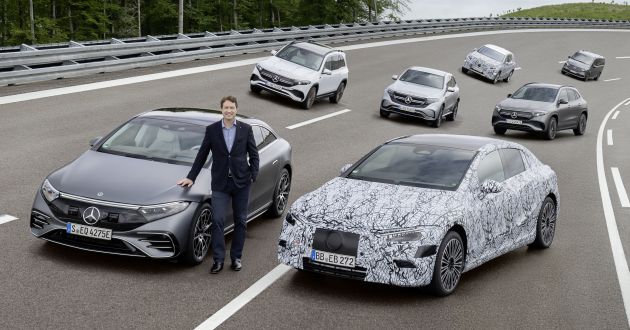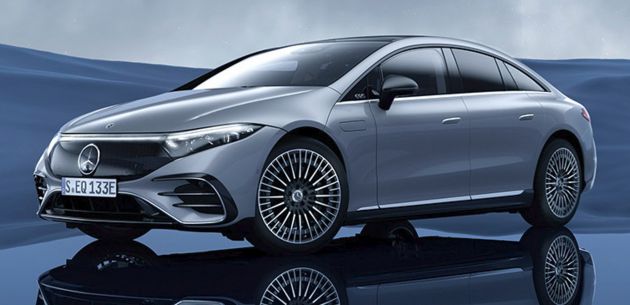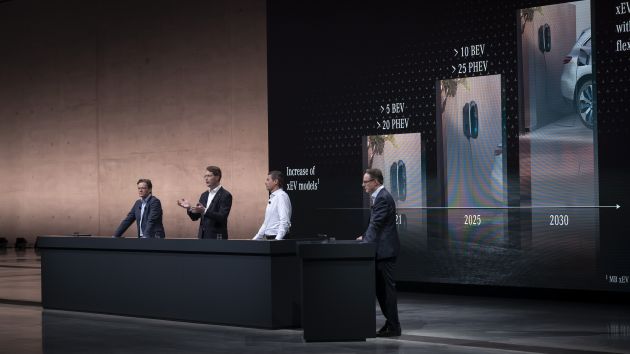Mercedes-Benz recently presented its strategy update for the future, which will see the German brand prepare to go all electric by the end of the decade. That’s right, the automaker is set to give up the internal combustion engine (ICE) entirely, although this won’t happen suddenly and will be dependent on market conditions faced.
The new strategy is by and large an expansion of the Electric First strategy presented last October. At the time, the company confirmed the launch of four new electric vehicles based on its Electric Vehicle Architecture (EVA), including the EQS, EQE, EQS SUV and EQE SUV. The AMG, Maybach and G-Class sub-brands will also go electric.
Meanwhile, in 2024, the company will present another dedicated EV platform – Mercedes-Benz Modular Architecture (MMA) – which will be used for compact and medium size models. So, that’s the recap, but what’s the latest battleplan all about then?
For starters, the company plans to offer battery electric options in all segments that it serves by 2022. This initiative is already in motion, with cars like the EQA, EQB, EQC, EQS and EQV already being made available to customers in several markets.
The acceleration from EV-first to EV-only will intensify further from 2025, as all newly launched vehicle architectures will be electric-only. Put simply, the new platforms will not be paired with ICEs in any way, shape or form – it’s just electric motors and batteries.
“Until recently, we expected a moderate development of the global EV market. Now, we believe customer preferences will shift even faster. Fully electric vehicles dominate the luxury market by 2030,” said Britta Seeger, who is responsible for marketing and sales at Mercedes-Benz.
During its presentation, Mercedes-Benz confirmed three new platforms, including the MB.EA (Mercedes-Benz Electric Architecture) for medium to large size cars. This is a modular system that will form the electric backbone for the future EV portfolio. Joining the MB.EA is AMG.EA for performance vehicles, while VAN.EA is purpose made for vans and light commercial vehicles.
Mercedes-Benz says at this stage, customers will be able to choose an all-electric alternative for every model the company makes. Note the word “alternative,” as the company will still offer ICEs (likely with some form of electrification), but this will be for vehicles based on legacy platforms that support them. For example, instead of a plug-in hybrid S-Class, you can have the EQS.
The automaker isn’t yet putting a clock on when the ICE will be completely extinct from its line-up, but it certainly won’t be for long, as investments in ICE development will decline quickly during this transition, with the number of ICE variants set to fall by 70% by 2030. “Of course, no one can foresee when the last combustion engine will be sold, because that depends on the customers and their respective local market conditions,” Seeger commented.
Mercedes-Benz says it is investing over 40 billion euros into electric vehicles between 2022 and 2030 to accelerate its EV plans. With an expanded electrified portfolio in the works, the company says it is aiming for 50% of new car sales to be electrified models (hybrid, plug-in hybrid and EV) by 2025, which is an increase from last year’s target of 25%. By 2030, with the right market scenario where the switch to EVs is widespread, it’s pretty obvious that 100% of sales will be EVs.


























